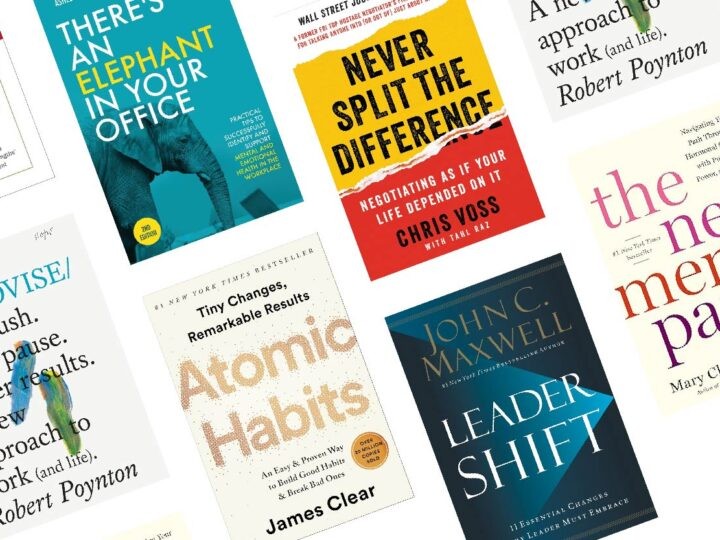Next up in our continuing series on well-being program engagement: the difference between “participation” and “engagement.” We’ll explore how WebMD Health Services defines the two, and why both play an important role in getting people to improve their health over time.
Those of us who have been in the well-being industry for a while know there are many different interpretations of what participation and engagement really mean. In the absence of an industry standard, well-being program providers tout different engagement metrics—making it hard to compare programs on an apples-to-apples basis, especially when people don’t know how providers define their idea of what it means to be truly engaged.
Because engagement is such an important factor in gauging a well-being program’s success, we wanted to share our point of view on this topic.
What is participation?
To us, participation reflects the initial and ongoing interactions someone has with a well-being program. For example, they could call a health coach, complete a health assessment, or participate in a wellness challenge. Maybe they only participate a few times a year to earn their incentives. Or, perhaps they casually check in to review the program’s offerings and complete a couple of activities. Either way, they aren’t necessarily committed to making valuable improvements to their health.
However, we believe participation is a wonderful thing. First, it is the first step in empowering someone in their health while highlighting your focus on creating a culture of well-being. Second, our research shows that repeated and sustained participation over time can lead to powerful results that impact both the individual and the organization.1
And oftentimes, it takes a person participating in a well-being program to realize that they should work to improve their well-being. For example, someone who completes a health assessment may realize they’re at risk for developing a certain condition, resulting in them becoming personally committed to improving their well-being over time.
What is engagement?
That personal commitment? That’s engagement. We say a person is engaged if they’re fully committed and personally motivated to pursue their well-being goals. They are intrinsically motivated and have an emotional connection to focusing on and improving their health. They may be an active well-being program participant, or they may be pursuing their personal commitment to well-being on their own. Either way, they’re actively taking steps to improve their current health status.
What might this look like in action? Maybe someone wants to get better sleep because they’ve noticed their energy levels at work are affecting their productivity. Or, maybe they want to learn ways to reduce their stress because they feel overworked and burned out in all aspects of their lives. Or, as one participant shared with us, perhaps they recently had a heart attack and want to make lifestyle changes to prevent it from happening again. Whatever it is, something must inspire them to make a change.
Why both participation and engagement are important to well-being program success.
While we would like every single participant to be inspired to make long-lasting healthy changes, we know that it’s not realistic. Behavior change—especially when it comes to our health—is hard, and not everyone will immediately jump on board with a well-being program. That’s why we believe that both participation and engagement are important measures of well-being program success.
As we noted above and in a previous blog, participation is a great place to start. It can take a few touchpoints, maybe even over a couple of years, for next-level well-being engagement to take hold. We are happy when we have high participation rates in our health assessments and corporate wellness challenges because we know this interaction has value.
Do we want to work towards getting participants to engage more? Yes, and we do this through a constant drumbeat of communication—including leadership communication—and targeted incentives to increase participant interactions. We even focus on a guided and easy user experience to make sure it’s easy to follow a path to well-being. Eventually, that intrinsic motivation takes over and people participate not because they feel they have to or because they want an incentive, but because they are experiencing the tangible benefits of an increased focus on well-being. How do we know this works? I think the numbers speak for themselves: In 2020, over 53% of individuals said they improved their overall well-being; over 57% of asthmatics said they are better managing their condition; almost 57% of participants are sleeping better and 56% said they are eating better.2
And, let’s not forget the benefits the organization sees when participants are truly engaged: increased retention, improved productivity, and morale.3 Research also shows that organizations that offer well-designed, evidence-based well-being programs can reduce healthcare costs and positively impact medical claims.4
These benefits have been particularly important as many organizations had to be remarkably agile this past year. For many of our clients, they pushed to help support their employees in any way possible. From virtual coffee talks and benefits fairs to outbound coaching calls and creative newsletters, so many of our clients worked with our account managers, dedicated well-being staff, and health coaches to help support and empower their employees during the pandemic. When you’re told how much a client appreciates your support—that’s success in my book!
We hope it has been helpful learning about our perspective on participation and engagement in a well-being program, and allows you to think about where your organization sits on that spectrum. Want to learn more about taking your organization’s well-being participation to the next level? Reach out to connect@webmd.net to learn more about our engagement strategies.
Related content:






